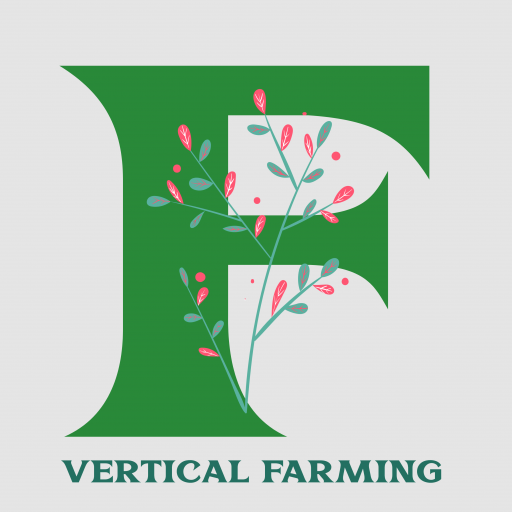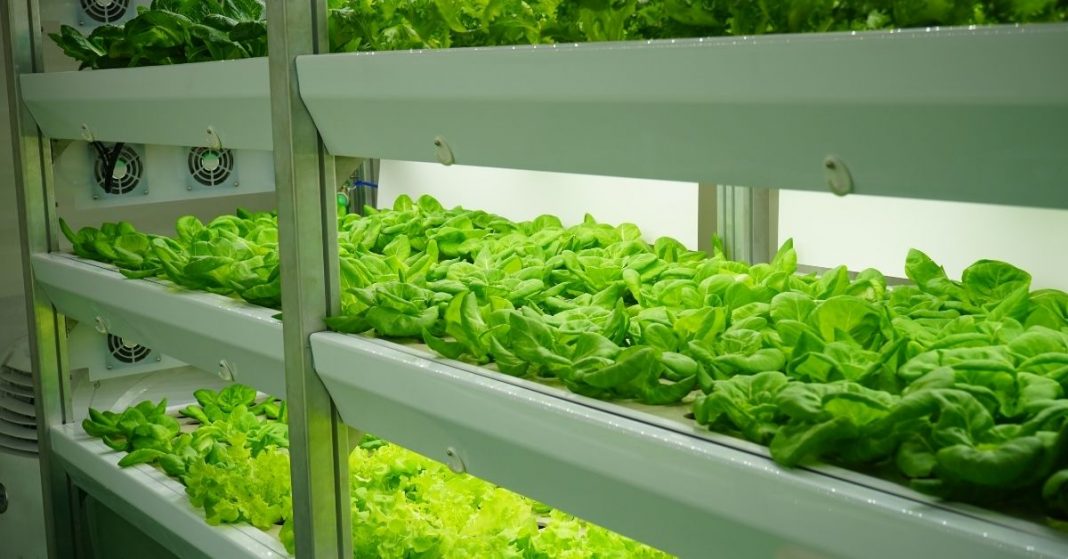#.Top 10 benefits of Vertical Farming in 2022.
How do you define Vertical Farming?
If you’re a farm or gardener, you must be aware of a few aspects of Vertical farming. There are many ways to define this new method of farming most basic definition, is Vertical Farming is a method of producing food is fairly sloped areas. Contrary to traditional farming in which crops are cultivated on a single level, this farming method produces food in vertical, completely stackable layers connected to various structures, such as shipping containers or tall buildings.
Utilizing using Controlled Environment Agriculture Technology, this method of farming modern-day maximizes the benefits of indoor farming techniques. This technique involves controlling the temperature, the light, and the emissions and gases, all of which can be done inside. This is why many farmers consider Vertical Farming to have several similarities to greenhouse farming. The principal objective of this farming technique is to maximize the production of crops within a limited or cramped area.
What are the advantages of Vertical Farming? Do you have any negatives? Here are a few of the areas that we’ll examine in this piece!
Top 10 benefits of Vertical Farming
- #1.Produces Consistent Crops
- #2.Utilizes Space Optimally
- #3.Reduces the use of water
- #4.Reduces Transport Cost
- #5.Lower Costs of Labour
- #6.Energy efficient
- #7. It doesn’t require Chemicals or Pesticides.
- #8.Limits the risk of occupational hazards
- #9.The Future of Farming
- #10.Larger Produce
The benefits of Vertical Farming
As we’ve already discussed that vertical farming has many advantages. In this article, we will explore the subject in depth.
#1.Produces Consistent Crops
One of the greatest advantages of vertical arming is in the fact that it’s extremely solid. So, if you decide to go with vertical farming, you are assured that you will get consistent crop production all through the year.
This is also possible because vertical farming does not depend on the weather, making it possible to grow crops without getting upset about weather conditions.
When you cultivate in a totally protected and closely monitored zone, you have the guarantee of regular production of your crops without any obstacles. Because the influence of nature has been eliminated here, the concept of a seasonal crop has been eliminated, and growers will not be able to lose money when they attempt to push the seasonally-based production window. Cropping.
Farmers can also drastically reduce their harvest duration while increasing the volume of harvest without compromising either flavor or quality of the product, which remains unchanging.
In fact, both the flavor quality and shelf-life have been remarkably successful, when farmers follow the proper guidelines for vertical farming. This is especially beneficial for commercial growers because they can now be confident in committing to different delivery dates and accept the contracts requested by their customers.
#2.Utilizes Space Optimally
If you’re familiar with the concept of farming, then you are aware that traditional farming needs several acres of fertile, pure land. But, vertical farming doesn’t require such prerequisite conditions.
It is possible to design and construct these farms in virtually every kind of location and climate, and be sure of growing crops no matter the temperature extremes or weather-related conditions.
Another amazing feature of vertical farming is its stacking system. Because of this system, it is possible to increase yields in a small land area.
The type of crop you intend to cultivate, about one acre on vertical farms, can produce the kinds of crops you would likely have grown on the 10-20 acres you have on your land.
#3.Reduces the use of water
One of the most significant benefits of vertical farming is the fact that it is the hydroponic cultivation method whereby only 10 percent of the water is utilized. This farming method uses fewer fertilizers and nutrients than traditional methods. Because the water remains pure even after use and can be recycled, thereby cutting down the overall cost and reducing garbage.
#4.Reduces Transport Cost
When it comes to the production of food, last-mile delivery is usually regarded as the most expensive part of the supply chain. If you’re at all familiar with the process of farming, the crops must likely be transported across several oceans, countries, and even continents.
Vertical farming, however, has none of these issues. It is among the rare methods of farming that permits the cultivation of crops virtually everywhere. This means that you can opt to cultivate your crops in the area where your client lives, thus decreasing the cost of transportation, carbon-dioxide emissions, and the continual requirement to refrigerate your product. This does not just improve keeping your product; it also helps make the process extremely profitable.
#5.Lower Costs of Labour
If you plan to use vertical farming within a completely automated indoor system, you don’t require massive amounts of work to have a steady, year-round production. It is only a matter of individuals or laborers who aren’t skilled.
Because all they need to do is organize and sort the harvests, the total labor costs are very low. In this way, you’ll benefit from more products using less labor, and you can even increase production without having to fret about the cost of additional labor.
#6.Energy efficient
It is efficient in terms of energy use. While this type of farming employs LED lighting, some vertical farms are also capable of generating their own power.
For instance, you can discover a variety of organizations specializing in renewable technology that blends energy and heat for an efficient system that can draw in the energy that is not used up, which could later be utilized to expand your company further. It is also possible to transfer excess energy to your local power grid , and save more money.
#7. It doesn’t require Chemicals or Pesticides.
If you can grow your food on a vertical farming system, there is the possibility of reducing the requirement to use pesticides. It is because the farming takes place in a controlled setting, which prevents the entrance of pests.
This stops crop damage and lowers the likelihood of having a wide range of fungal illnesses as humidity levels are effectively kept under control. When you’re done with the day, you’ll be left with a food product that is better and healthier, and safer to consume.
#8.Limits the risk of occupational hazards
This is a further great benefit of vertical farming. Unlike traditional farming, vertical farming is both friendly to humans and ecologically sustainable. Why? Because it can effectively minimize the dangers to the workplace that you could encounter when you practice traditional farming.
When indoor farming is in place, farmers are not at risk of the dangers of using heavy farm equipment. Additionally, they are protected from diseases like malaria, problems with harmful chemicals, and other such issues. Since this type of farming doesn’t affect the animals or trees that live in the inland areas, It is an effective way to increase biodiversity.
#9.The Future of Farming
Many have considered Vertical Farming as the agriculture of tomorrow and it is right! It is more so because a significant portion of the population will likely move into urban zones in 2050. In this scenario, it is also likely to grow, which will drive the need for healthy, well-grown, organic food.
Because Vertical Farming efficiently uses land and water, it could aid in preparing cultivars for the upcoming challenge. Vertical agriculture is an environmentally sustainable technique of agriculture and produces consistently-sized crops without sacrificing quality, and it’s certain to be the future we’ve been anticipating.
#10.Larger Produce
Perhaps the most significant advantage that vertical farming has is that it can produce greater crops. We’ve all heard that this farming method consistently allows cultivators to produce crops in a smaller space. It also increases the number of crops produced.
In contrast to traditional agriculture, which could depend on the season’s water, space areas, sunlight, and other external factors to produce large-scale production, this is not the situation when you are farming vertically. Instead, it can continuously produce bulk crops if you fulfill all the prerequisites.

